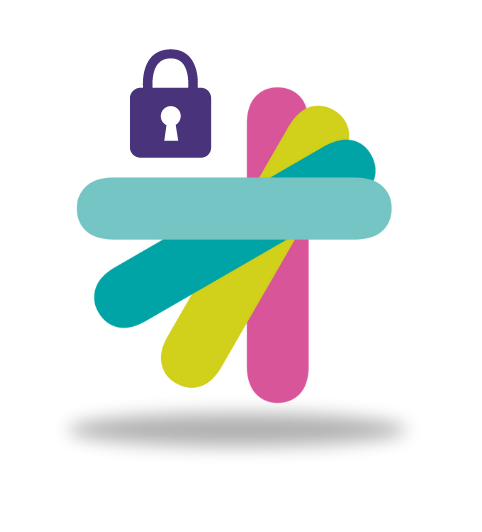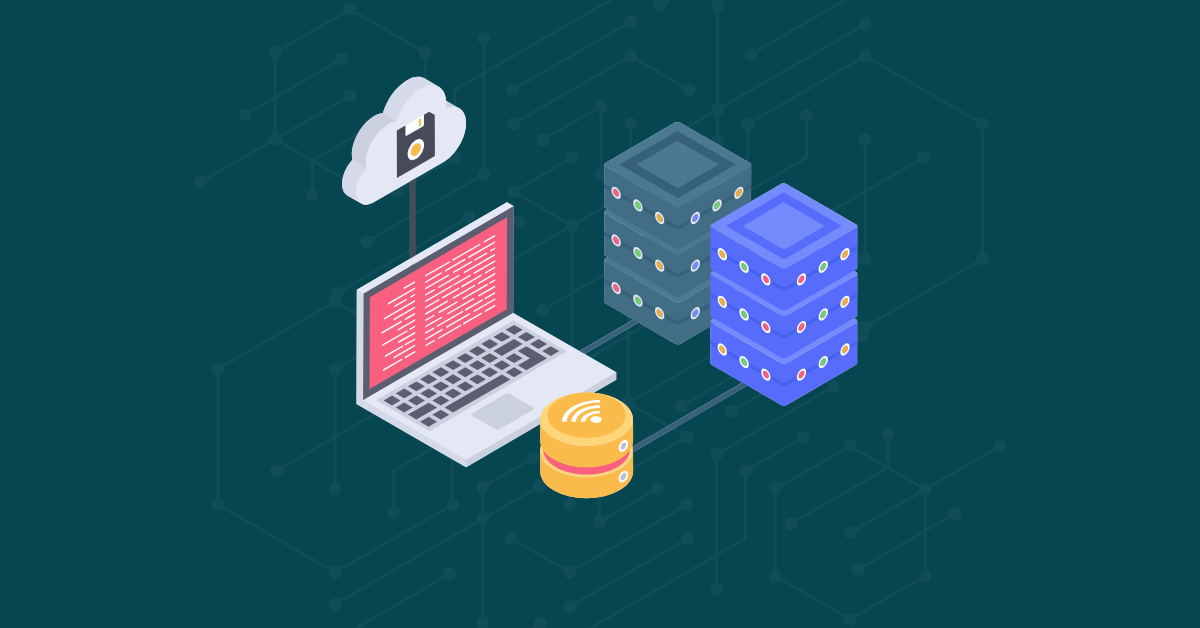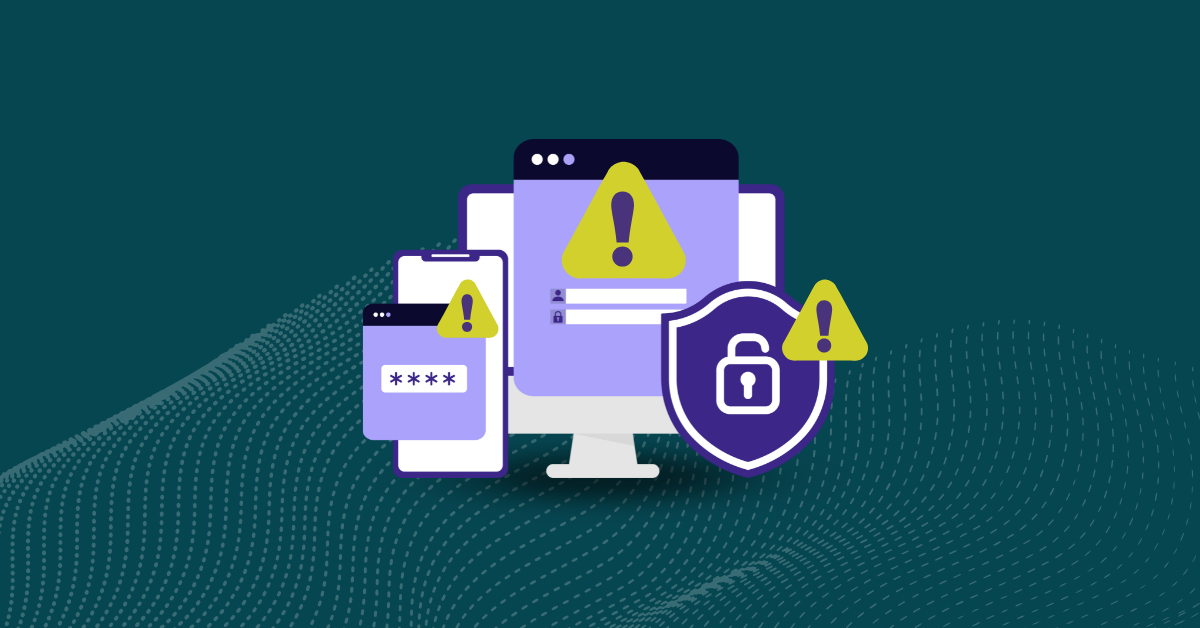
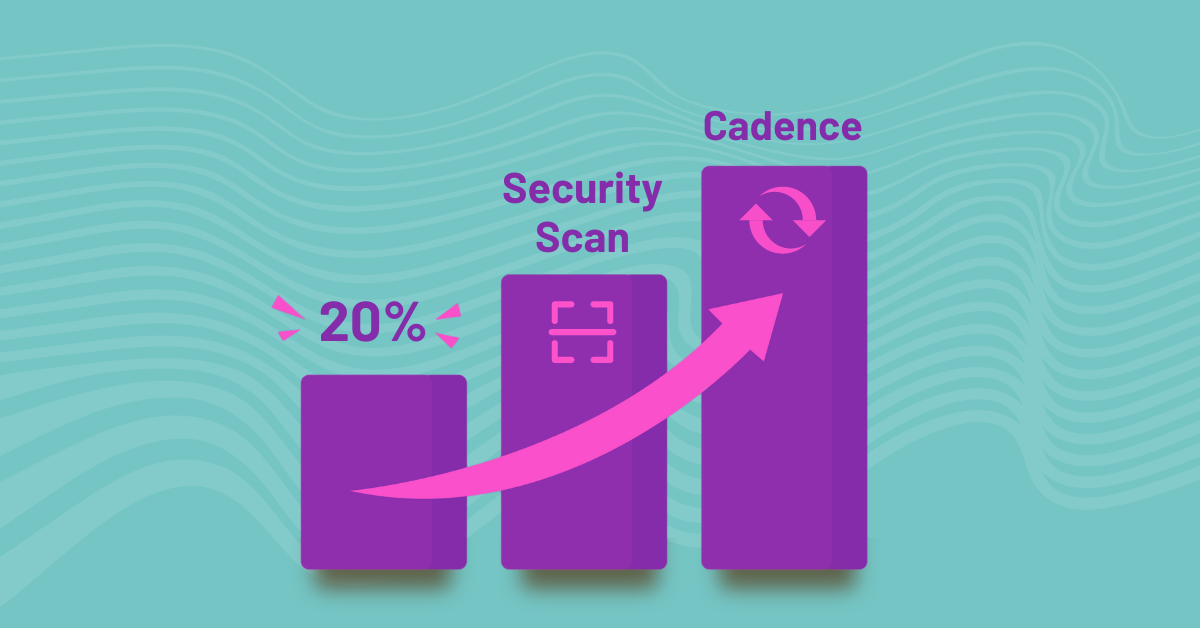
Organizations are now scanning for security vulnerabilities at a rate 20 times faster than just a few years ago. The increase in scanning activity is driven by several factors, including the growing use of automated scanning tools, the proliferation of cloud-based infrastructures, the use of DevSecOps, and the ever-increasing sophistication of cyberattacks.
This article explores the reasons behind this increase in scanning activity and provides insights into how Kiuwan can help organizations reduce the risks associated with code vulnerabilities.
In recent years, the need for security scanning in the software supply chain has increased dramatically. Security threats constantly evolve, and companies must adapt their scanning procedures to keep pace and ensure data security.
Security scanning helps identify things that attackers could exploit, including:
• Code vulnerabilities
• Third-party vulnerabilities
• Data security breaches
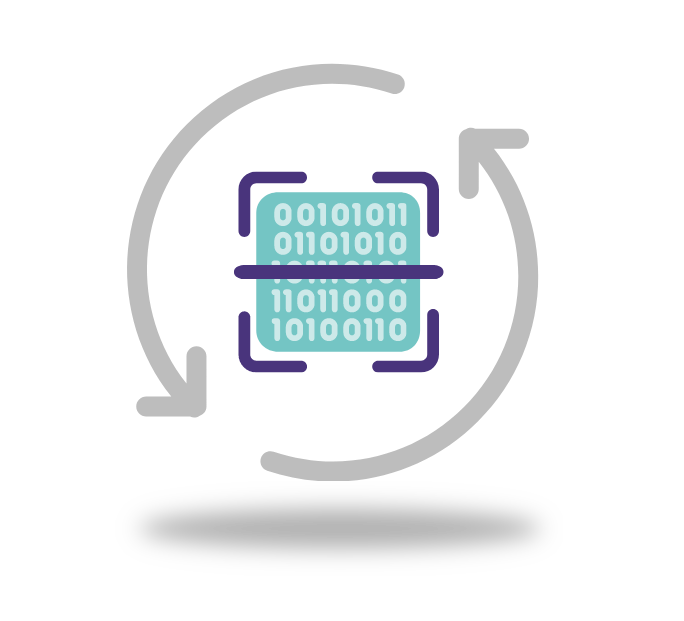
Increasing the frequency of scans means companies can reduce the risk of a successful attack throughout the software supply chain.
As the cadence of security scans has increased by 20x in the past few years overall in the software supply chain due to the ever-changing landscape of security threats, companies must be vigilant to protect their data and code from attackers. Security scanning is an essential part of this process.
Increasing the frequency of scans allows companies to stay ahead of the curve and reduce the risk of a successful attack.
Several factors have contributed to the increase in scan cadence.
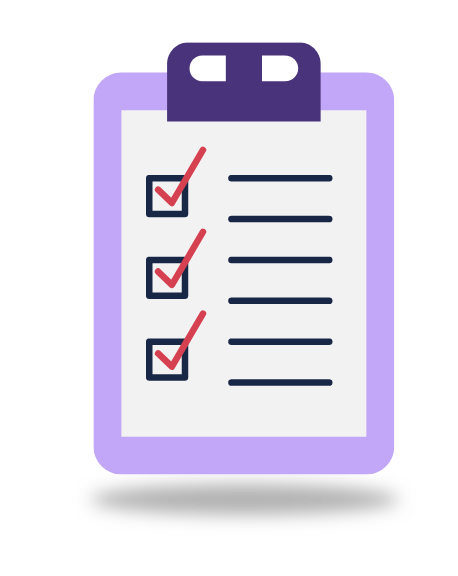
As code security has become more important, the frequency of code scanning has increased. This is especially true in the era of DevSecOps and third-party code. To keep pace with the rapidly changing code landscape, Kiuwan has developed a code security scanning solution.
Kiuwan is a code security scanning solution for mobile and web development. Kiuwan can do this by integrating with a wide variety of code management and code development tools. This includes popular code management solutions such as GitHub, Bitbucket, and GitLab. Kiuwan also integrates with code development tools such as Jenkins, Bamboo, and Azure DevOps.
Kiuwan can scan code at such a high cadence because it uses a combination of static and dynamic code analysis.
• Static code analysis is the process of analyzing code without running it by looking at the code itself or using tools to analyze it.
• Dynamic code analysis is the process of analyzing code while it is running through tools that monitor the code as it runs or by using tools that test the code.
Kiuwan uses a combination of static and dynamic code analysis because it is more effective than either approach alone. Static code analysis can miss issues that only occur when the code is running. Dynamic code analysis can miss issues that are not triggered by the code that is being tested. However, with a combination of static and dynamic code analysis, Kiuwan can find more issues and provide more accurate results.
The code security landscape is constantly evolving, with new risks and vulnerabilities appearing every day. Organizations need to continuously scan their codebases for potential security issues to stay ahead of the curve.
DevSecOps is a term used to describe the practice of integrating security into the software development process. By automating security scanning and code analysis, organizations can scan their codebases more frequently and discover and prevent vulnerabilities in real-time.
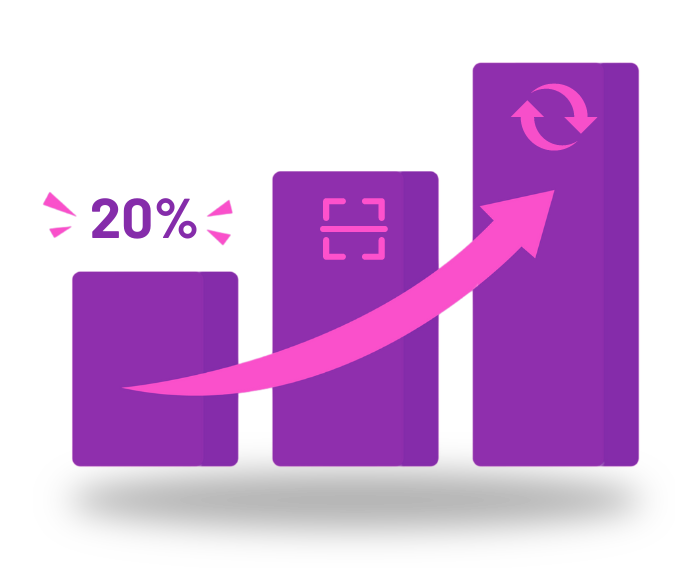
Code security tools such as Code Security by Kiuwan have become integrable with every stage of the software development cycle (SDLC). This has increased the cadence of security scanning and allowed organizations to move from monthly or weekly scans to daily or even multiple times per day.
The benefits of increased scanning frequency are twofold.
Third-party code is code that is not written by the organization itself. This code may come from open-source projects or code that has been purchased or licensed from another company. The code can introduce third-party vulnerabilities into an organization’s codebase, so it is important to scan this code for security issues.
As more and more companies move their applications to the cloud, it’s increasingly important to ensure that security is central to their development process. This is because the cloud presents a unique set of challenges regarding security, including compliance with regulations and industry requirements.
Companies are turning to software security testing tools like Static Application Security Testing (SAST) and Software Composition Analysis (SCA to meet these challenges). SAST tools help identify security vulnerabilities and third-party vulnerabilities in the code itself, while SCA tools help identify vulnerabilities in the dependencies used by the application.
Both SAST and SCA are important for ensuring compliance with security standards such as the Payment Card Industry Data Security Standard (PCI DSS), geared toward enforcing banking security and finance security. They can also help to improve the security of the application itself.
Security risks are an ever-growing concern for businesses of all sizes. The increase in scan cadence responds to the rise in code vulnerabilities and the need for comprehensive, ongoing security scanning. Kiuwan offers a solution that can reduce the risk associated with software development and help you keep your business safe from attack.
We offer two key products — Code Security [SAST] & Software Composition Analysis [SCA] — that can assist in mitigating the risk of code and third-party vulnerabilities. Visit our website to learn more about how SAST and SCA can help you protect your business from these threats.
